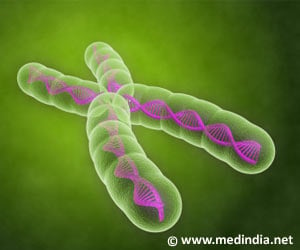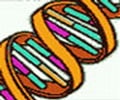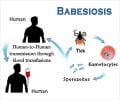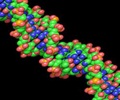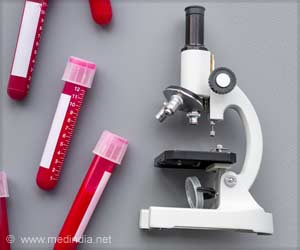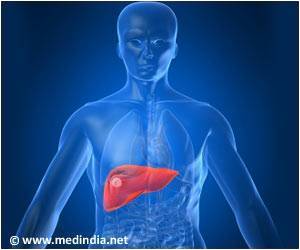
‘Nanoparticles have been used for detection of a DNA sequence characteristic of Leishmania infantum kinetoplast. This electrochemical method has exhibited a good reproducibility and sensitivity.’
Tweet it Now
This work was coordinated at ICN2 by ICREA Prof Arben Merkoi, Leader of the ICN2 Nanobioelectronics & Biosensors Group, and Dr. Alfredo de la Escosura-Muiz (first author of the article) with collaboration of Luis Pires. The work was carried out in collaboration with Prof. Armand Sanchez, Dr. Olga Francino, Dr. Laura Altet and Lorena Serrano from Vetgenomics. Their results are part of the bio-applications defined in the ICN2 Severo Ochoa Program 'Devices for Social Challenges'. The present work aimed at improving the speed and accuracy of current diagnostics for veterinary pathogens. The PCR uses enzymes and two primers, strands of short nucleic acid sequences that serve as a starting point for DNA copy. When the detection is positive, this technique produces millions of copies of the problem sequence to facilitate its detection. This DNA amplification involves precise thermal changes (thermocycling) and sophisticate and expensive equipment which are overcome by an alternative approach called isothermal amplification, performed at constant temperature.
In this context, the authors of the article present a novel design of isothermal amplification using primers labelled with both gold nanoparticles and magnetic microbeads. The amplified product carries both labels allowing a rapid purification and quantification. The magnetic properties of the first primer facilitate the purification/preconcentration of the amplified DNA through magnetic separation methods. On the other hand, the gold nanoparticles are easily quantified by simple electrocatalytic detection methods. Thus, the use of primers labelled with gold nanoparticles and magnetic microbeads turns isothermal amplification into a faster and easier qualitative and quantitative diagnostic method.
This approach was successfully applied for the detection of a DNA sequence characteristic of Leishmania infantum kinetoplast, a parasite responsible of a disease in domestic dogs, wild canids and humans. The electrochemical method exhibited a good reproducibility and sensitivity. Furthermore, amplified DNA from dogs without Leishmania was perfectly discriminated, demonstrating the specificity of both the amplification procedure and the electrochemical detection. In fact, the performance of the proposed approach is better than the obtained with other point-of-care tests for Leishmania detection, offering also a quantitative tool for parasite determination. This method represents a universal methodology that could be applied for any isothermal DNA amplification design.
Source-Eurekalert

